
Triceratops gets star treatment in Swenson lab
A historic discovery is taking shape in the basement of Augustana’s Swenson Hall of Geosciences.

On a trip to Hawaii, geology students and faculty “run” from a “red hot moving surface flow” during a 12-mile hike across lava fields where lava tubes flow from the Pu’u O’o vent and enter the sea in firework-sprays.
Geology provides many opportunities for students to observe and study in the field.
This begins for first-year students with GEOL 105 Physical and Environmental Geology in the Grand Canyon, an environmental geology field course and motorized raft trip.
The department also offers major field trips each year to places of geologic interest. Winter trips usually venture to some place distant, exotic, and warmer than Illinois. Field trips provide a great way to learn geology, enjoy nature and make new friends around the campfire.
Recent departmental field trips
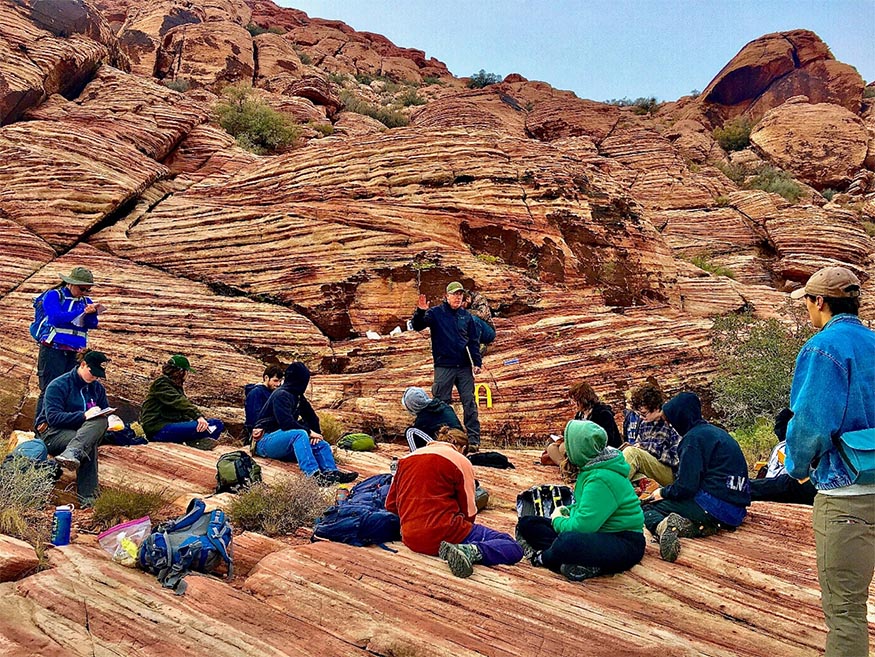
Geology students interpreted crossbedded sandstones of Red Rock Canyon, Nevada, wind-blown during the Jurassic 185 million years ago. The group is enroute to Southern California for the Mojave Geology January-term field course!
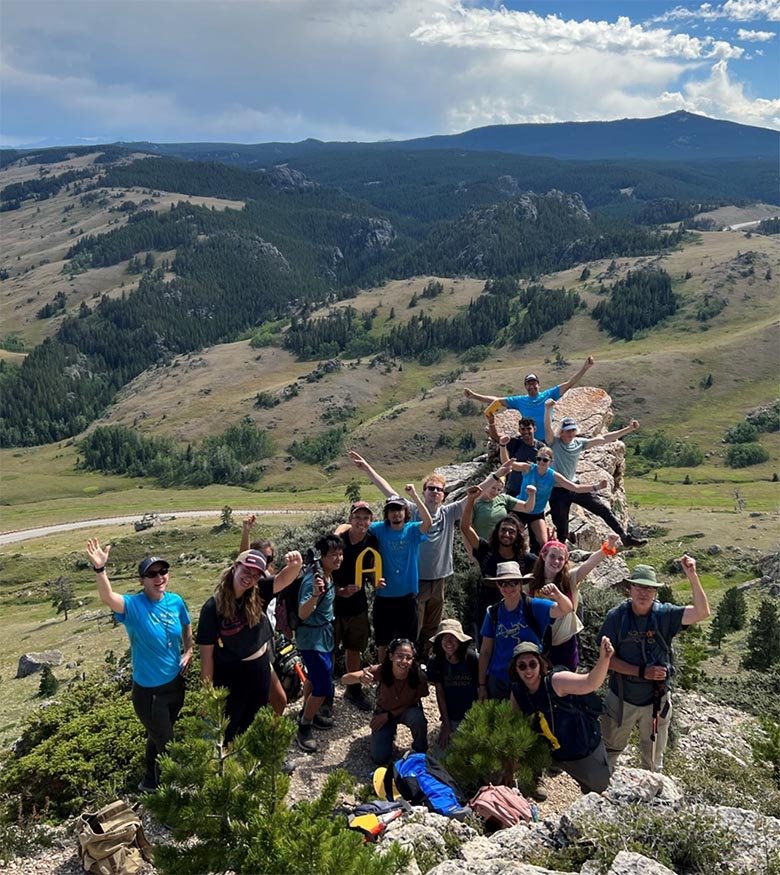
Physical and Environmental Geology of the Rockies summer field course is open to all incoming first-year students! Here, students got an incredible view of the NE Bighorn Mountains of Wyoming after hiking the steep 450 million-year-old dolomite cliffs of Steamboat Point.
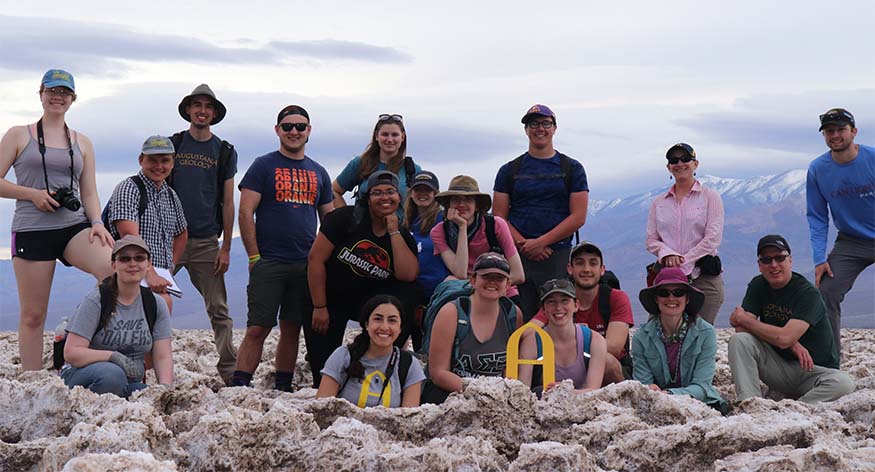
How low can you go? In this case, about 270 feet below sea level! The geology department spent spring break studying the rocks of Death Valley, California!
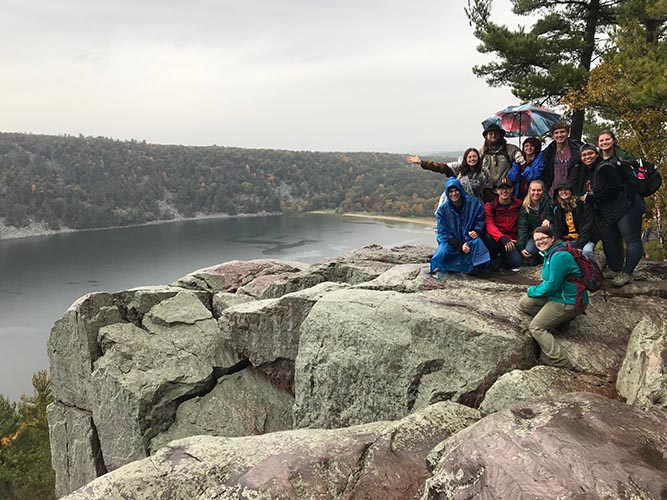
Geology students sitting on the 1.6 billion-year-old bluffs of Devil’s Lake, in the Baraboo Range, Wisconsin. During a field trip to the Baraboo, Wisconsin region, students explored incredible geomorphic, structural and stratigraphic features, gained skills in making field observations, identifying rocks and formations in the field, and in developing interpretations of some of the paleoenvironments and ancient tectonic processes active in the midcontinent.
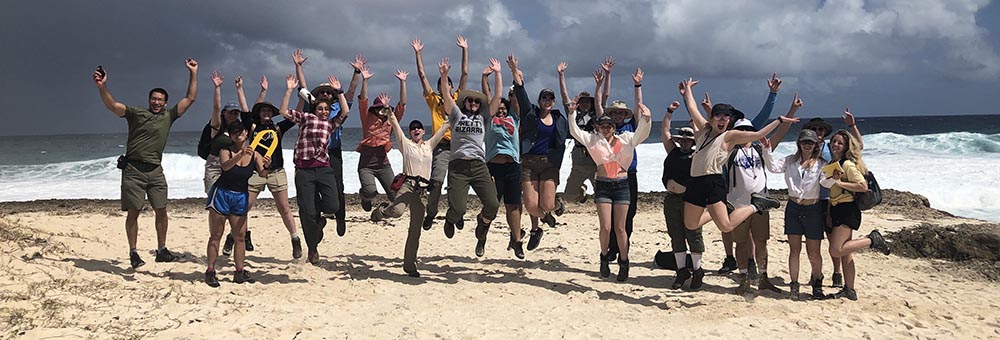
Students excited to explore the geology of the northern side of the Caribbean island of Bonaire at Boka Chikitu in Washington Slagbaai National Park.
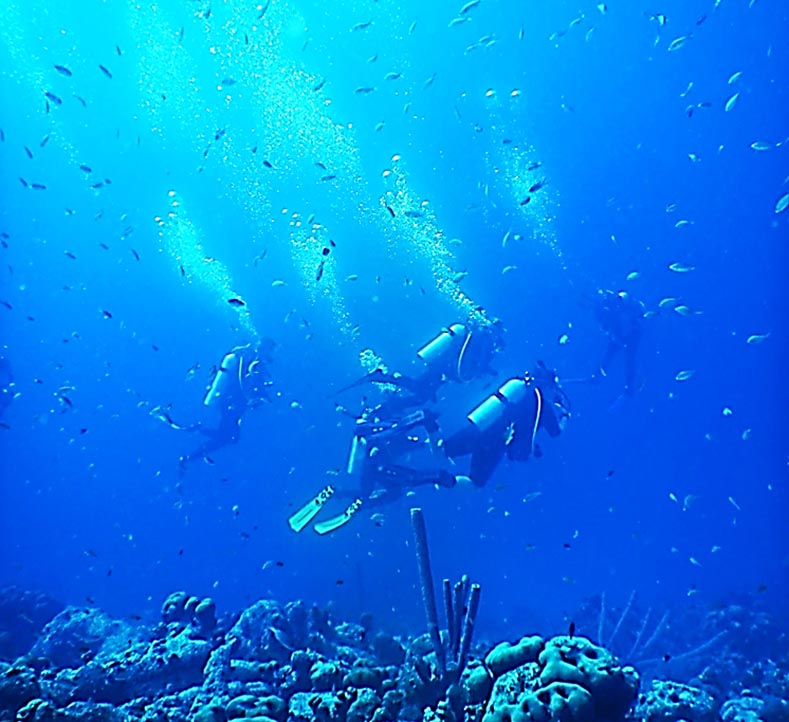
Observing and comparing the underwater modern reefs to the on-land ancient, fossilized reefs is all part of the geology January-term Caribbean course Build Me an Island. Here, students are getting their sea legs and practicing being adept at concentrating on the intricacies of SCUBA while recording field observations.
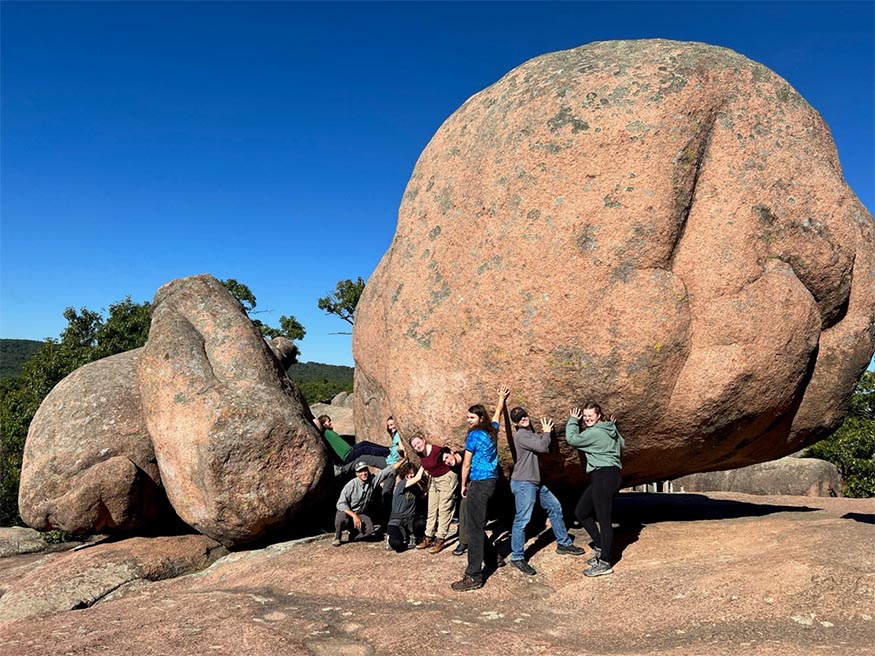
A field trip to the geologic wonderlands of St. Francois Mountains, Missouri gave students a glimpse into the ancient magmatic and tectonic past and growth of North America. Here, they hold up 1.3 billon-year-old spheroidally weathered granites at Elephant Rock State Park. Later they geared up to travel 1200 feet underground to observe ancient fissures and fractures filled with sparkling, valuable ores, evidence of ancient fluid flow.
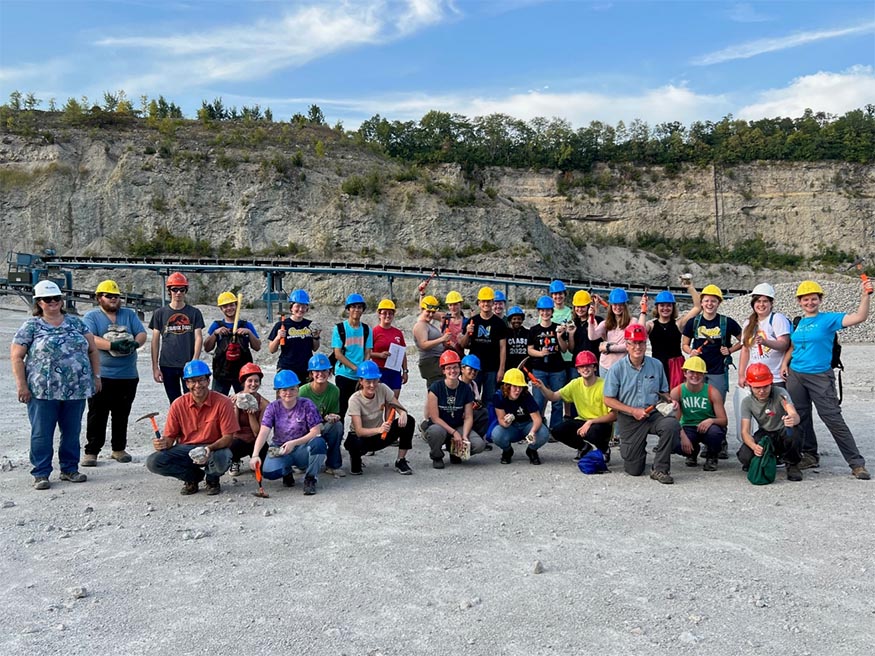
Augustana’s Udden Geology Club explored Allied Quarry in Rock Island. This quarry is a window into our local geology, with fantastic exposures of 400 million-year-old Silurian and Devonian strata and opportunities for fossil collecting and learning about the stratigraphy and economic significance of this local resource.

A historic discovery is taking shape in the basement of Augustana’s Swenson Hall of Geosciences.
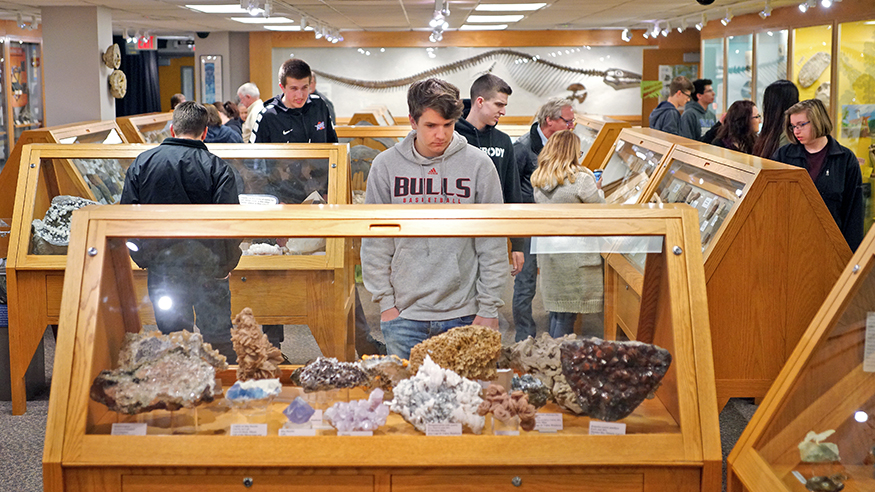
Augustana's John Deere Planetarium and Fryxell Geology Museum will be open to the public on Saturday, Nov. 1, for the annual Fall Open House. The planetarium and geology museum will be open 7-8:30 p.m., with indoor and outdoor programs. There is no charge for admission.
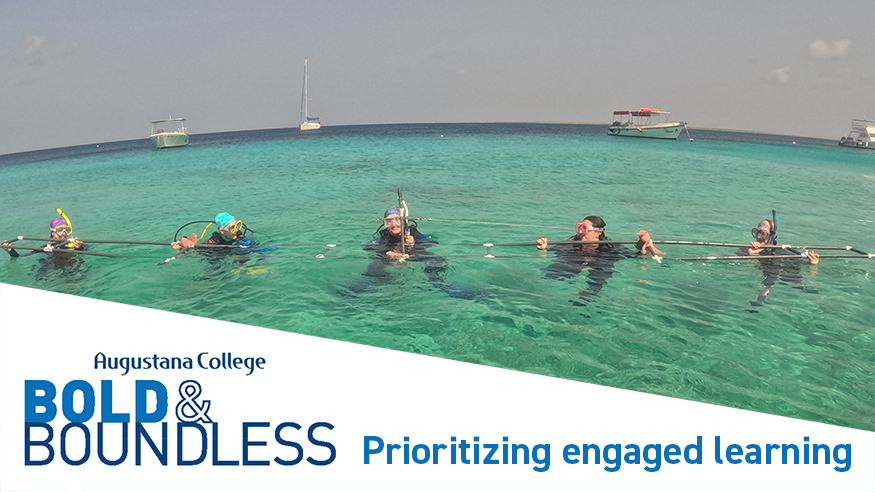
Community-based learning on a large scale: Augustana geology students travel with faculty to the Caribbean island of Bonaire to research environmental change in coral reefs.